Tarrabool lake, our secret weapon
Host: Eva Downs Station
Written by Kathy Gabriel – Bore Runner, Eva Downs Station.
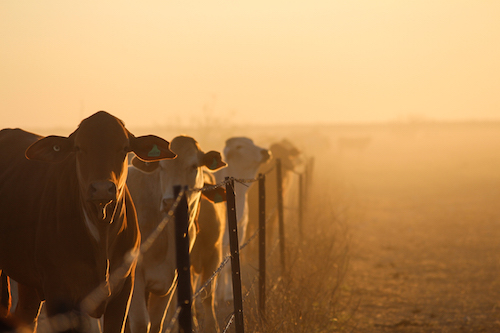 Eva cattle in a Holding paddock down on Tarrabool.
Eva cattle in a Holding paddock down on Tarrabool.
Cattle – well, they are the reason we are here, aren’t they? Eva Downs runs a mixture of cattle from Brahmans to AACo’s own composite bred cattle.
To go into it a little bit but not to overdo it, I’ll try and explain composite cattle. Basically composite cattle are a mixture of cattle breeds which have been stabilised to form a new breed over time. A lot of time, planning, and trialling goes into breeding composite cattle.
We are ultimately trying to breed a beast that meets certain market specifications, while still maintaining a breed to withstand the harshness of the environment they live in. For example, we have what is known as a “Barkly” composite – this is an AACo breed which has been bred specifically for the Barkly region.
This means these cattle, when weighed, can be sent south to enter either a backgrounding property, or make direct entry to feedlot to then be later slaughtered and enter Australian meat markets, or sold overseas. What does that even mean you may think? Well for meat to enter Australian meat markets, generally it has to meet certain specifications that straight bred (e.g. Brahman) cattle cannot. By having a composite bred steer, this steer has been bred to finish earlier (mature quicker for slaughter), and this steer is likely to fatten quicker so therefore weigh better and be on a truck south a lot sooner than a fellow Brahman steer (Brahmans are a later maturing breed) but this composite steer also has the same characteristics as his mate the Brahman to help him handle the environment he lives on up in the north.
The benefits of turning cattle off quickly (selling cattle) means that we are freeing up pasture, and more grass means more cattle, or fatter cattle. Ultimately you are trying to be as efficient in your cattle production as you can be, and a composite bred beast allows you to do this and is one way to improve efficiency in our cattle productions.
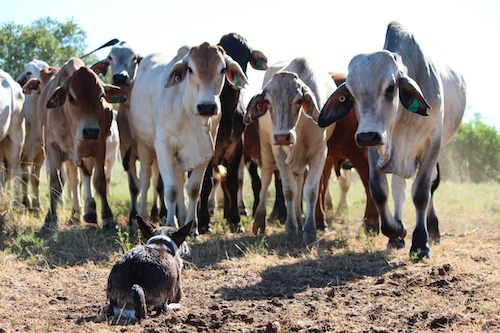 Dogs are used on Eva, here we have “Hurry” holding a mob of young steers.
Dogs are used on Eva, here we have “Hurry” holding a mob of young steers.
Now on the subject of fat cattle and turning cattle off, the Barkly is flat – yes – and it’s often dry – yes. But the Barkly has these little gold mines knows as lake country. This lake country is dotted here and there and its what makes the Barkly so damn good for fattening at times. Currently all our lake country is well and truly under water – 600ml of rain will do that!.
So what good is lake country you may think? These lakes not only hold a rather large amount of water but when the water recedes a number of different plant species grow, and this feed is great fattening tucker for our cattle. Eva Downs and Anthony Lagoon have what is known as Tarrabool lake on it. Tarrabool is fantastic fattening country and a great place to send our weaners into for the perfect pick me up after branding. It’s a special part of the country that needs careful management but if managed correctly can work for Eva and Anthony so well.
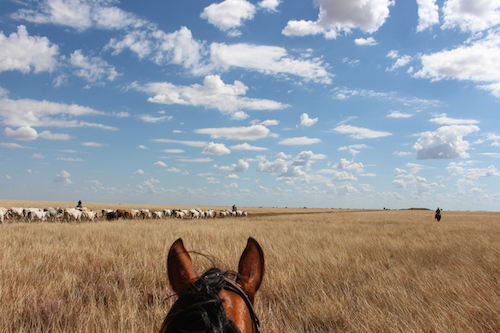 Barkly plains.
Barkly plains.
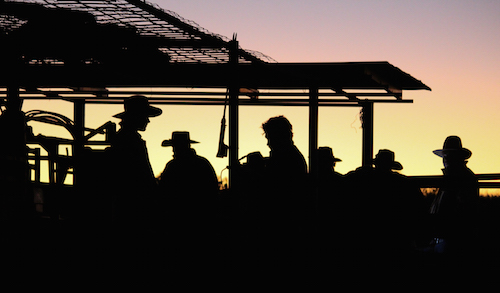 Early morning weaner branding.
Early morning weaner branding.
Tarrabool Lake is a huge seasonal lake, and waters most frequently occupy an inner basin of about 400km² (100,000 acres) but the extent of the flooded area varies enormously from year to year. At the moment the lake is covering a massive area. When there is exceptional amounts of rain, Tarrabool joins with Eva swamp and cover a massive massive area over 2,750 km² (680,000 acres). When this occurs, Tarrabool becomes one of the largest freshwater wetland in inland Australia, and is of international significance. When Tarrabool lake is under flood, it is known to host a range of different wildlife, supporting over 200,000 waterbirds.
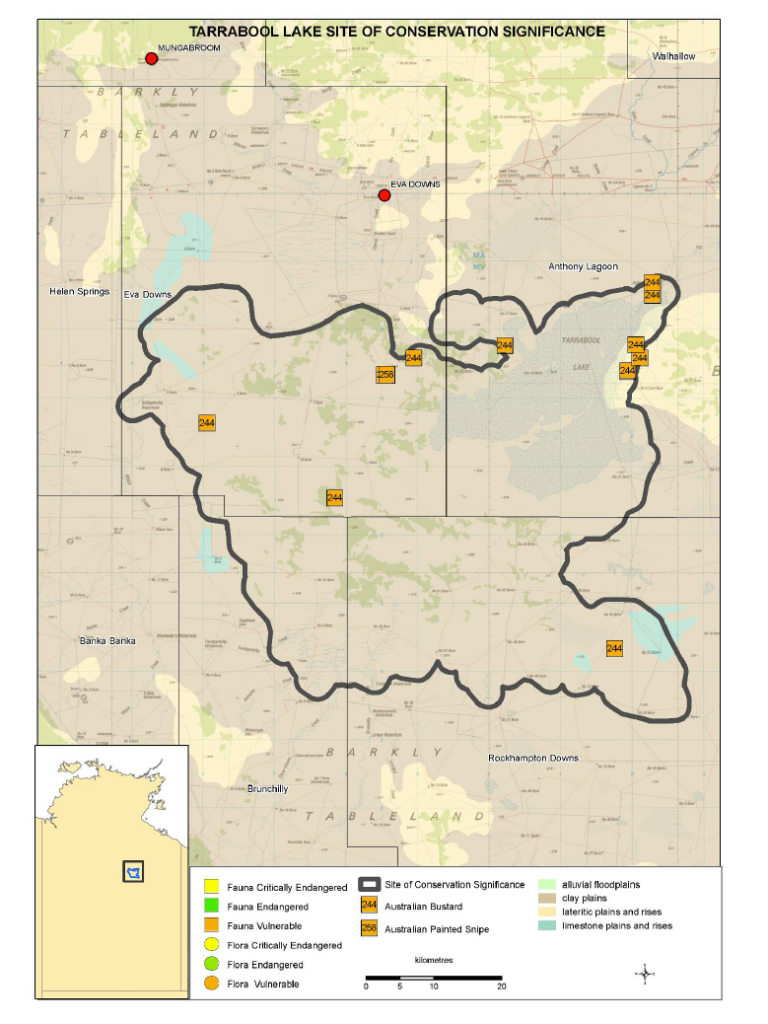
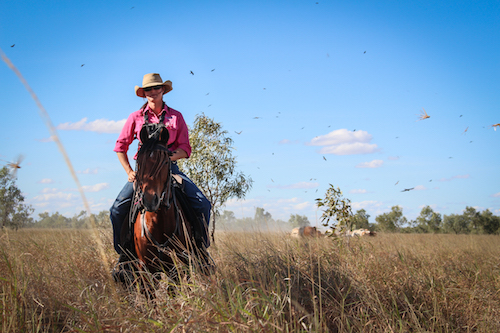 Jordyn in the lead of a mob heading for Tarrabool.
Jordyn in the lead of a mob heading for Tarrabool.
